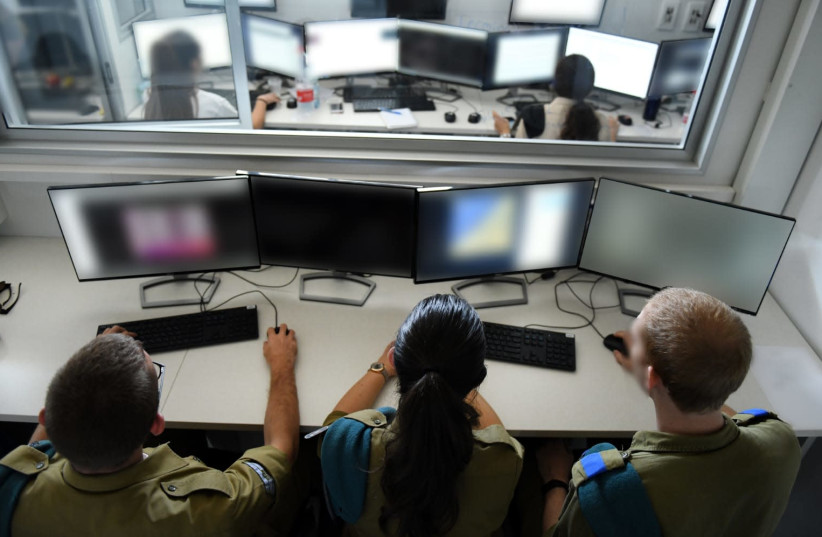By SETH J. FRANTZMAN
A report by The Washington Post indicating that Israel was behind a cyberattack on Iran has lifted the lid on the way cyber conflict is the new field of conflict in the Middle East. The report says that Israel carried out a cyberattack on Iran’s Shahid Rajaee Port on May 9 in retaliation for an Iranian cyberattack on Israeli infrastructure days before. Iran’s port, which it was using to export gasoline and other key products during sanctions, was in “total disarray” after the attack.
The attack was “highly accurate.” We now know from sources at Radio Farda and elsewhere that Iran’s Shahid Port was used in March and April to load up five tankers that are at this moment destined for Venezuela and making their way through Gibraltar and into the Atlantic. The US has sent naval warships and has said measures could be taken.
Cyber matters. Cyber warfare is the new field of war. Just as tanks or airplanes or submarines once changed war, giving people the ability to fight inside machines, under water or in the air, cyber is a new front line. It’s not so different than discussions about space as a place of conflict, or use of artificial intelligence and drone swarms. Iran has employed drone swarms against Saudi Arabia. It recently sent a military satellite into space. Iran is playing on all levels of the new conflict. Israel’s former chief of staff said more than 1,000 airstrikes were carried out against Iranian targets in Syria.
Amos Yadlin, a former general in the air force, once head of military intelligence and now at Tel Aviv University’s Institute for National Security Studies, tweeted on May 19 that this seems to be an Israeli response to the Iranian attack on Israeli water infrastructure. He notes that Iran, the US and other countries have shown they may use cyber rather than escalating in the field, meaning cyber instead of guns.
If Israel did respond, he notes, then it shows that the Jewish state has made it clear that civilian infrastructure is an unacceptable target for cyber. This raises questions, he argues. Does Iran control its army of cyber hackers, many of them linked to the IRGC? What are the new rules of this cyber front? What is deterrence in cyber and what is its interaction with other aspects of war?
It was known that the cyber war was coming for many years. For instance, when Israel rolled out its new Momentum multi-year plan for the IDF, it included cyber as one of the elements. In 2011 Israel also set up a new cyber defense unit in the IDF in the face of growing cyber threats. “The threat is real,” Israeli officers said at the time. That unit would combine capabilities of intelligence gathering, unit 8200 and the C4I Directorate, harnessing Israel’s existing capabilities.
By 2017 Israel’s army was one of the most computerized armies in the world, according to a book by Stacy Perman on Israel. Then chief of staff Gadi Eizenkot focused on these threats, according to articles at the time.
Enemies also focus on cyber. Iran, in the wake of the Stuxnet virus that wreaked havoc there prior to 2010, had sought to advance its capabilities. It has mobilized the IRGC’s Basij militia and local networks of cyber warriors. Iran has also suffered cyberattacks from the US and sought to lash out.
The latest reports reveal that there is a cyber conflict in the Middle East. Iran seeks to use the new technology and the playing field to its advantage. Iran lacks a major army, navy or air force. So it uses other means, sometimes called “asymmetric” ones, in conflict. That means missiles, drones, militias, and now cyber. Iran has mined ships and struck at Saudi Arabia. It has sent drones to Syria to be used against Israel. It arms Hezbollah with precision guided munitions.
Now the cyberattacks are Iran’s new method. Early May was a time for Iran to test out these new capabilities. Now Tehran says it has suffered from a response and the reports indicate Israel was behind it. Regardless of the full details, it shows that Iran attacked and Iran received a response.

No comments:
Post a Comment